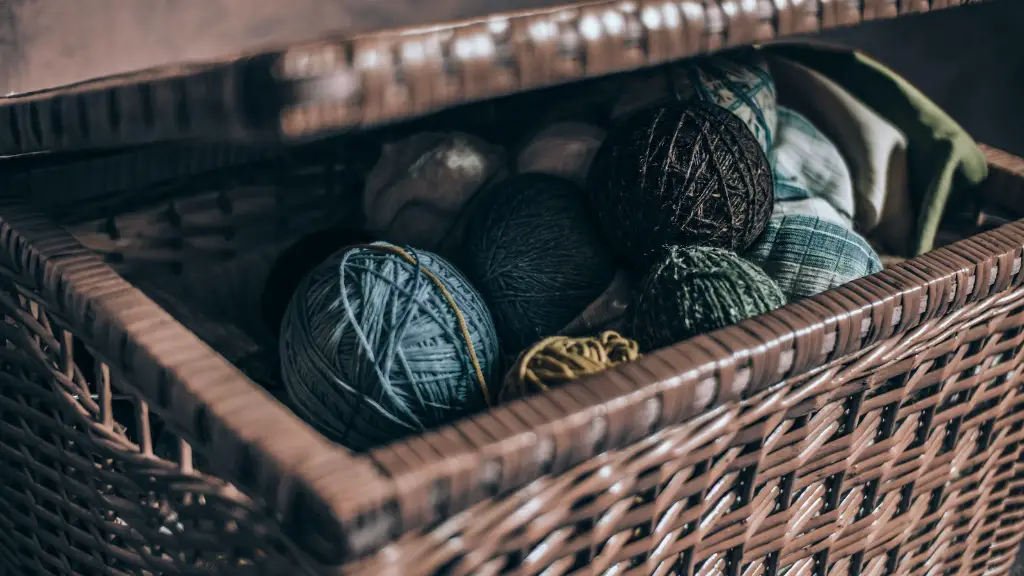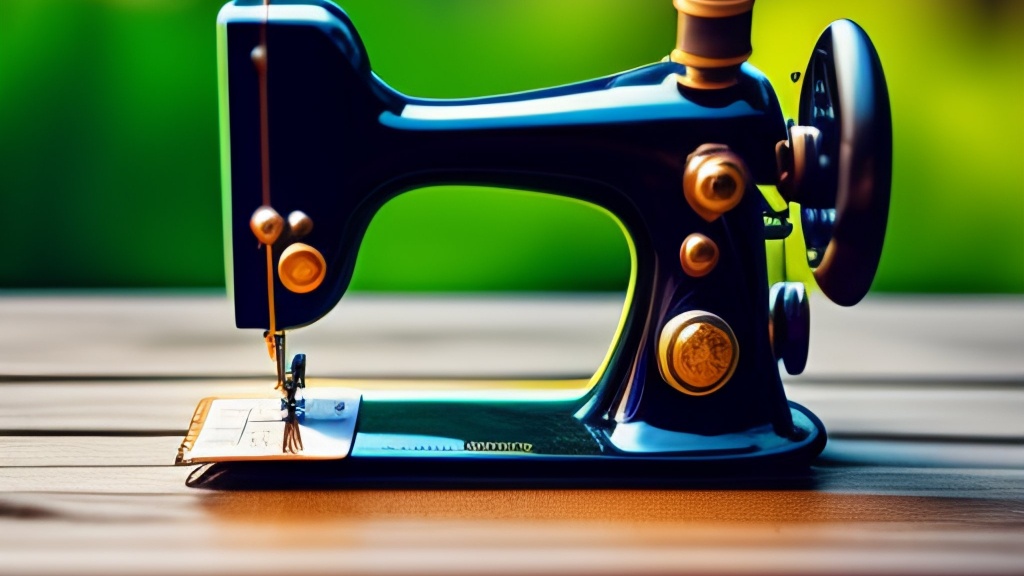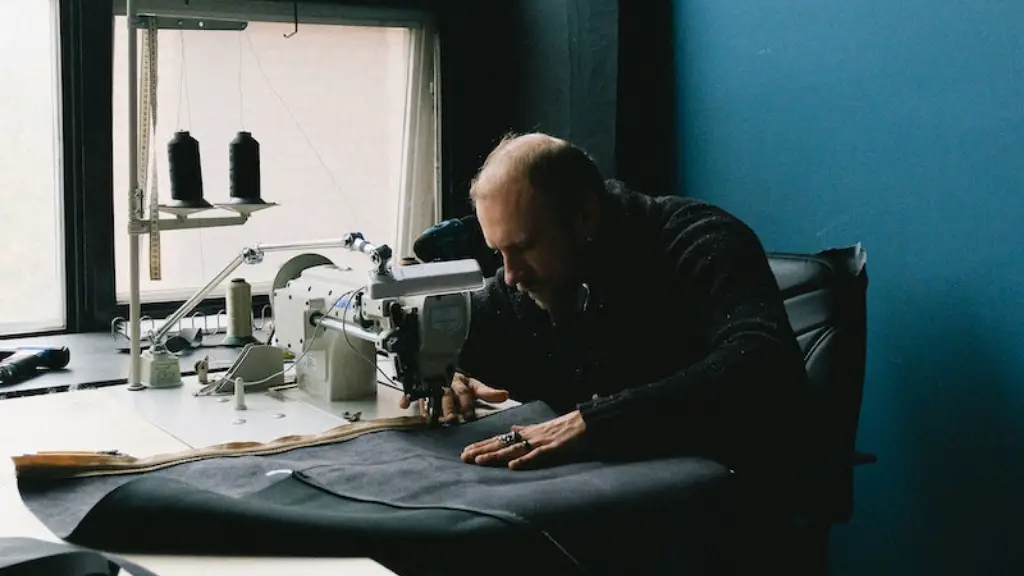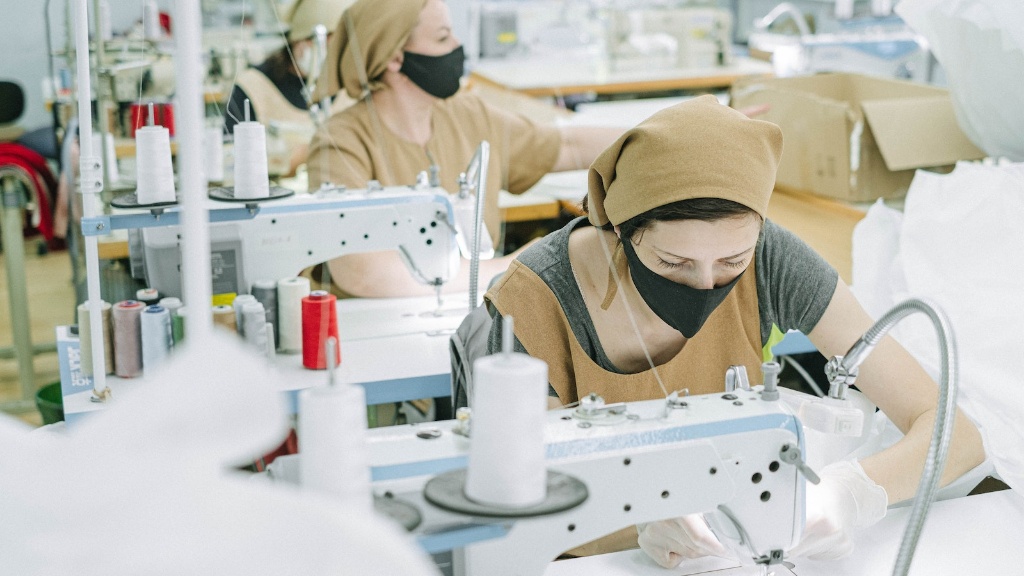1. Know your type
Before selecting the right sewing machine, it’s important to understand the different types of sewing machines on the market. Sewing machines typically fall into three categories: mechanical, electronic, and computerised. Mechanical sewing machines are the simplest and most affordable, but with fewer stitch options, they don’t offer as much flexibility. Electronic sewing machines provide more functionality than mechanical ones, but they don’t have the same level of stitch quality as computerised machines. Finally, computerised sewing machines are the most advanced, giving users all the features they need to create professional, intricate designs.
2. Features to look for
Once you’ve figured out the type of sewing machine you want, there are several features to consider. Some of the most important ones are speed, stitch quality, complexity, and the range of accessories available. Your speed needs depend on the type of projects you plan to work on. If you only plan to do simple sewing tasks, a lack of speed won’t be much of an issue. But if you want to do intricate work, you’ll want a faster model with higher stitch quality. Complexity is also an important factor. If you’re just starting out, you’ll want a sewing machine with an intuitive interface and good user documentation to help you get up to speed. And finally, don’t forget to think about the range of accessories available. Many sewing machines come with additional features, like a quilting table and walking foot, that can make life a lot easier.
3. Choose a reputable brand
When searching for the perfect sewing machine, don’t be afraid to look around. A lot of people stick to the most popular brands and don’t investigate further, but there are a lot of great options out there if you take the time to find them. Make sure to read up on your options and narrow it down to a few brands. Research the construction quality, customer service, and warranty details of each company. Pay special attention to the reviews left by other customers. They can give you an insight into what the sewing machine is like to use, and help you make an informed decision.
4. Consider your budget
Once you’ve determined your requirements and narrowed down your options, it’s time to think about the price. It can be tempting to go for the cheapest option, but this isn’t always a good idea. Investing in a good quality sewing machine from a well-known brand can save you money in the long run. Cheaper machines may break down or require more maintenance, so make sure to factor in the potential costs when making your decision.
5. Ask for advice
If you’re still not sure which sewing machine to get, the best thing to do is ask around. Talk to family and friends who are experienced sewers, or check online forums and review sites for more detailed information. Most people who sew professionally will be more than happy to share their knowledge and help you make the right decision.
6. Take a test drive
If you’ve got the chance, make sure to test out your chosen sewing machine before you buy. Most reputable shops will allow you to have a trial run before you commit to your purchase. This will give you the chance to make sure the sewing machine is comfortable to use and does exactly what you need it to do.
7. Read the manual
Once you’ve made your purchase, it’s a good idea to read through the instruction manual. This will give you an opportunity to familiarise yourself with all the features and get to grips with the basics of the machine. That way, you’re less likely to encounter any hiccups along the way.
8. Maintenance and troubleshooting
It’s important to keep your sewing machine in tip-top condition. Regularly clean the machine and make sure to maintain the tension and replace parts when necessary. And if you encounter any issues with your machine, don’t be afraid to seek help. There are plenty of online resources available to help you troubleshoot any issue.
Additional Section 1: Buying Online vs Buying In-Store
When it comes time to buy a sewing machine, there are several different options available. You can purchase online, through a store, or even through a second-hand source. Each of these sources comes with their own pros and cons, so it’s important to weigh them up when making your decision.
Online stores often offer a wider selection of products and it’s easier to compare prices. However, you won’t get the advantage of a personalised consultation about what sewing machine would best suit your needs and budget. On the other hand, buying through a store means you’ll be able to test the machine and get the advice of the staff. However, shopping in-store often means fewer options and higher prices.
Additional Section 2: Cost of Accessories
You’ll want to consider the cost of accessories when choosing a sewing machine. Sewing machines come with numerous attachments, such as bobbins, needles, and buttons. Some machines come with all these accessories, while others require you to buy them separately. It’s important to take all these costs into account when making your decision, as the cost of the attachments can add up quickly.
What’s more, you may also need to purchase additional accessories for specific projects. These can include things like sergers, dress forms, or fabric cutters. It’s important to research the types of projects you plan to do to determine if you need any additional attachments.
Additional Section 3: Consider Sewing Classes
Before you invest in a sewing machine, it’s worth considering if you’d benefit from taking a sewing class. Spending a few weeks learning the basics of sewing can be incredibly beneficial. It can help you to understand the different types of fabrics, patterns and construction techniques. Most importantly, it can give you the confidence to get the most out of your sewing machine.
However, it’s not all plain sailing. Sewing classes can be expensive and sometimes difficult to find. And if there are no local classes in your area, you may need to resort to online tutorials to get the same information.
Additional Section 4: Consider Upgrading Your Sewing Machine
When you’re ready to take your sewing skills to the next level, consider upgrading your existing machine. Newer models are often faster and more precise than their predecessors, giving you a superior stitch quality. Plus, many include additional features such as a buttonhole feature, automatic thread cutter and adjustable speed settings.
Upgrading your sewing machine can also be more cost-effective than investing in a whole new machine. The upfront cost may be higher, but you’ll be able to take advantage of the latest technology and enjoy superior stitch quality.



